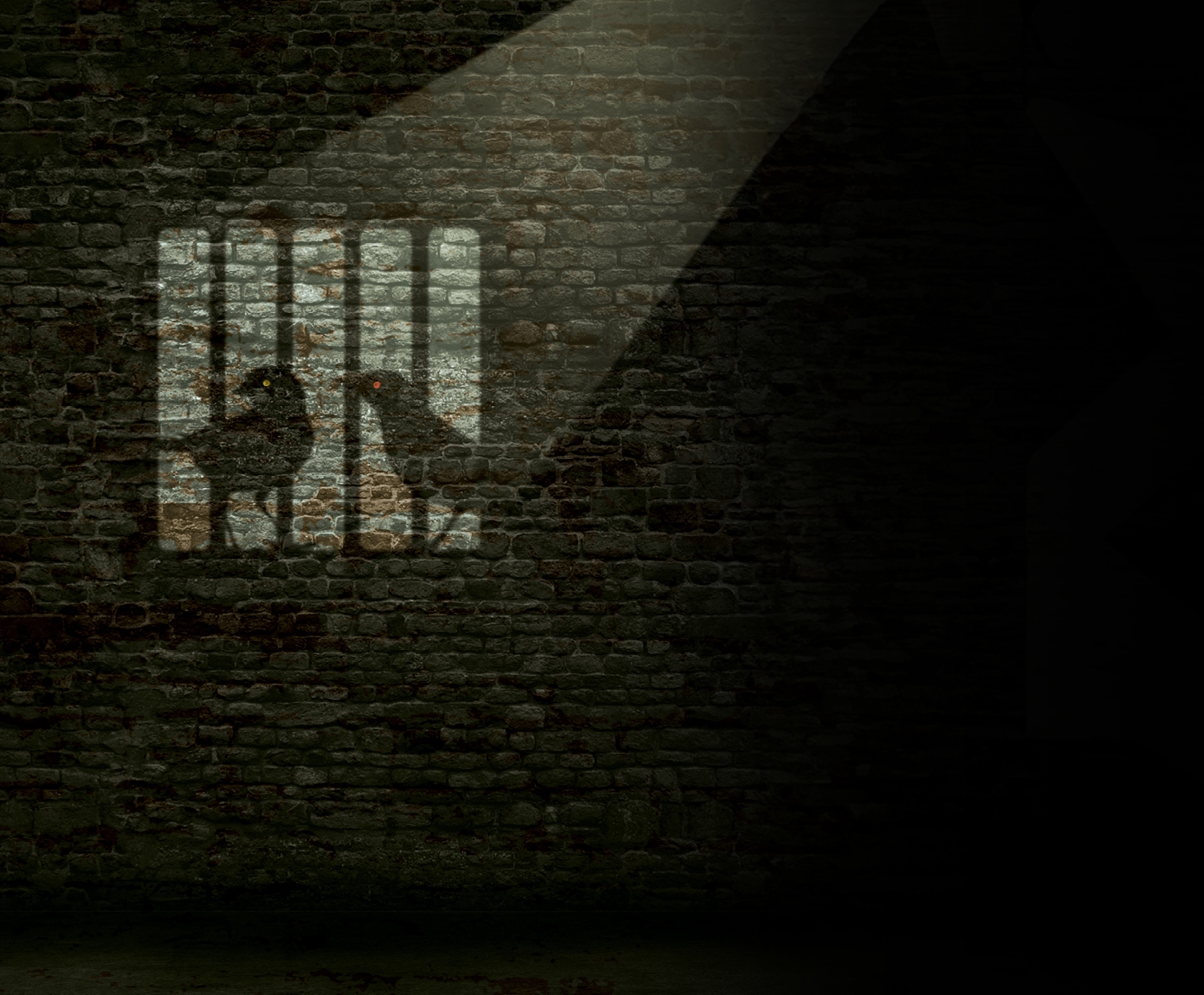
Maria Stuarda
Details
In Brief
Hungarian premiere
Many of Bergamo-born Gaetano Donizetti's operas have already been staged in Budapest, such as recent productions of La fille du régiment, Lucia di Lammermoor, Il campanello, or the frequently performed comic opera Don Pasquale. However, his great operas of historical dramas have so far been neglected, with the exception of Anna Bolena, which has not been performed in decades, either. It is therefore an important moment in the 2024/25 season that for the first time ever, Maria Stuarda is staged at the Hungarian State Opera. The bel canto composer, whose works are characteristic of endless and endlessly beautiful melodies, based his opera on Friedrich Schiller's drama of the same title about the last days of the life of the tragic Queen of Scots. The production is staged by Máté Szabó, a director familiar with Donizetti’s world, approaches the work from a psychological perspective.
The performance is available to watch on OperaVision between 16 May and 16 November 2025.
Parental guidance
Events
Premiere: May 10, 2025
Synopsis
Act I
At the Palace of Westminster in London, a jousting tournament is held in honour of the French envoy, who has brought a marriage proposal from the King of France to Queen Elizabeth. The union would establish a glorious alliance between the two kingdoms. Elizabeth is uncertain about the decision. She is still in love with the Earl of Leicester, who has recently grown distant from her. Her uncertainty deepens when the celebration is disrupted by protestors demanding mercy for Mary Stuart, the Queen of Scots, who has been imprisoned for many years.
Talbot, Mary’s confidant, also urges for clemency, while Elizabeth’s advisor, Lord Cecil, pushes for signing Mary’s death sentence. He sees the Catholic Mary as a dangerous rival who could claim the throne as a legitimate heir against the Protestant Elizabeth.
The queen summons Leicester. She entrusts him with her ring along with a message for the French envoy, stating that she has taken note of the marriage proposal but has not yet made a decision. Seeing her former lover’s indifference, she leaves angrily.
Talbot privately tells the Earl of Leicester that he visited Mary Stuart in her prison at Fotheringhay. The Queen of Scots sends a letter and a portrait of herself to the earl, asking for his help in pleading her case to Elizabeth. Leicester is ready to risk his life to free Mary. He persuades Elizabeth to visit her cousin in prison under the pretence of a hunting trip. Though jealous and reluctant, the queen agrees.
At Fotheringhay Castle, Mary and her faithful companion in captivity, Anna, enjoy a walk permitted in the park. As Mary wanders among the trees, she recalls memories of her childhood in France. She is willing to renounce the throne if only she could return there. Leicester comes to see her, assures her of his love, and urges her to behave humbly before Elizabeth. A hunting horn sounds – Elizabeth arrives, accompanied by Lord Cecil.
Talbot advises Mary to remain composed. Clinging to her love for Leicester, she indeed acts humbly. She kneels before her royal cousin, pleading for her freedom. Cecil warns Elizabeth not to be fooled by what he sees as a deceitful performance. In a fit of jealousy, the queen begins to insult Mary, accusing her of promiscuity and of having murdered her husband, Henry. The hot-tempered Mary loses control and calls Elizabeth a vulgar whore and the bastard of Anne Boleyn, who desecrates the throne of England. With that, her fate is sealed. The queen summons the guards and has Mary returned to her prison.
Act II
Cecil obtains evidence that Mary was involved in a Catholic conspiracy against Elizabeth. At the Palace of Westminster, the death sentence lies on the queen’s desk. Yet Elizabeth hesitates. If she signs it, she risks inciting the wrath of all Catholic Europe. Cecil urges her to act: every English subject is ready to avenge her death if necessary, but if she does not sign, she endangers her own life. Torn by uncertainty, Elizabeth, upon seeing the approaching Leicester, quickly and indifferently signs the death warrant. She gives it to Cecil with the instruction to carry out the execution the next day. Leicester begs her to withdraw the order, which condemns an innocent woman to death. But Elizabeth is merciless and commands the earl to witness the execution of his beloved.
Lord Cecil brings the news of the execution to Mary in her prison at Fotheringhay Castle. Mary accepts her fate. Her loyal friend Talbot visits her before the bloody hour. She confesses her sins to him: she is haunted by the ghosts of her second husband, Lord Henry Dudley, and her secretary, Rizzio – they died because of her. Talbot grants her absolution, and Mary goes to her death guiltless. She asks Anna and her ladies-in-waiting to pray with her to God rather than weep. She bids a final farewell to the Earl of Leicester as well. In her last words, she turns to God: may her innocently shed blood bring peace, and may He not strike oath-breaking England.
